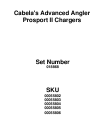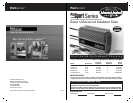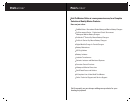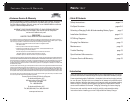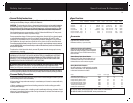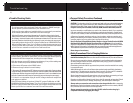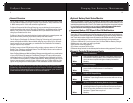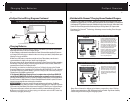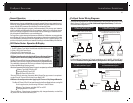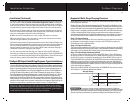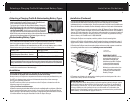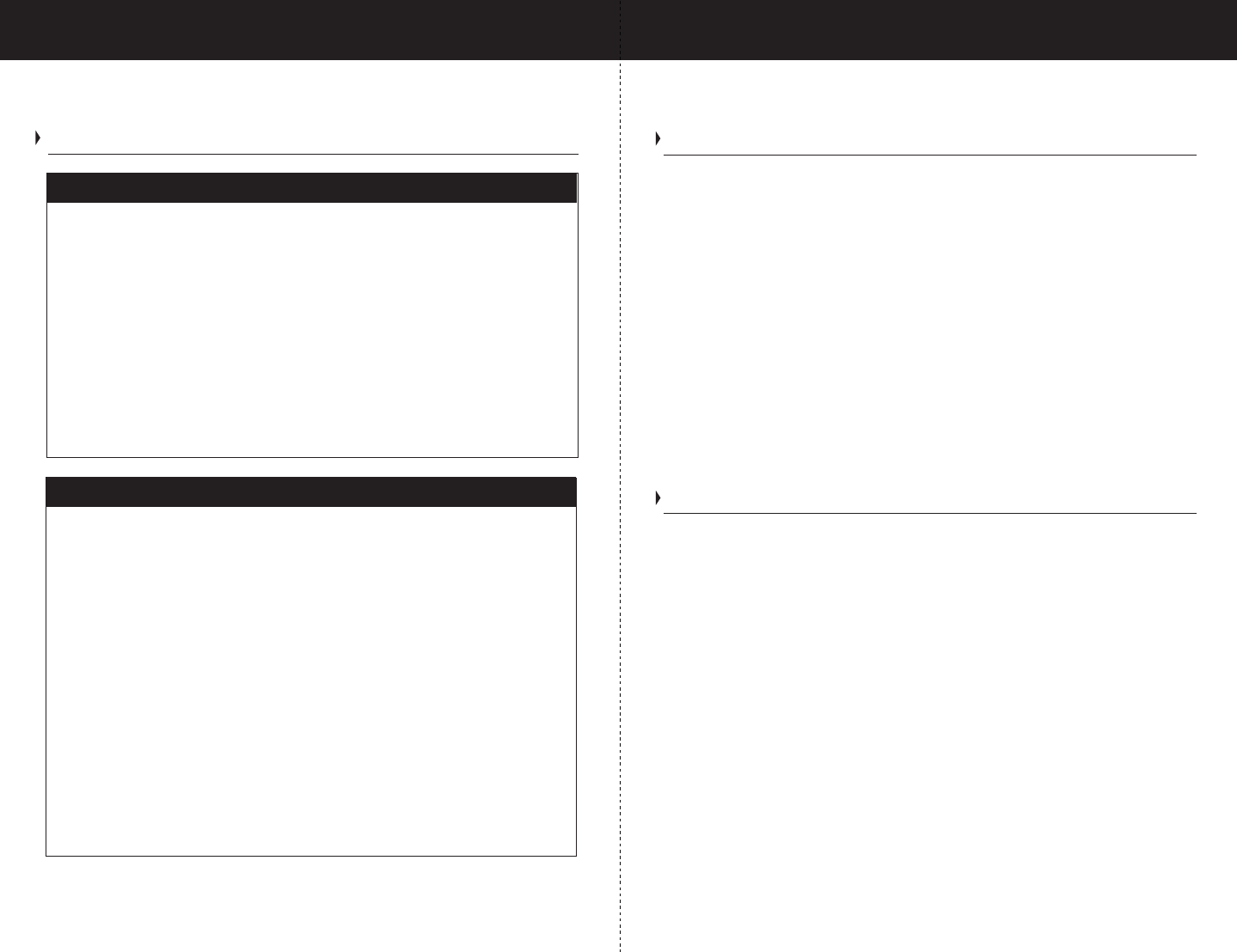
13
Troubleshooting
2
Trouble Shooting Guide
Battery(s) are not charging, Blue AC Power LED, RED Charging & Battery Type LEDs are On
Confirm all charger cables are installed with the correct polarity connections
at each battery, and that all connections are clean and tight.
Reverse polarity
connections will blow output fuse, resulting in no output voltage.
With the charger on, read DC voltage at each battery. If any of the readings are
less than 13 Volts DC proceed with the following:
A. Disconnect AC power at the 120VAC outlet.
B. Remove charger cables from each battery.
C. Reconnect AC power and read DC Voltage across each output cable, if output voltage
is approximately 13.4 Volts DC the charger is ok and each battery should be tested with
a hydrometer with the charger and engine off to determine if one or more batteries have
bad cells. (batteries should always be replaced in sets, and always the same type.)
D. If there is no output when trying to read DC voltage check each output fuse
and replace as needed.
If the DC Output Voltage is less than 13 Volts DC, contact ProMariner at 1-800-
824-0524 from 8:30 am to 5pm Eastern Time. If your ProSport is within the warranty
period of 2 years from the date of purchase, you can go to www.promariner.com
where you will find our customer care return form and instructions.
NO Blue AC Power LED or RED Charging & Battery Type LED
Check for loss of AC power at the 120VAC outlet. Confirm GFCI (Ground Fault
Circuit Interrupter) has not tripped. Check with a meter or 120VAC test light
that AC power is present at the end or your extension cord.
Confirm all charger cables are installed with the correct polarity connections
at each battery and that all connections are clean and tight.
With the AC power removed and the engine off, check the charge level of each
battery with a DC meter or Handheld DC Tester. If there is no charge level indication
for a battery, check each battery with a hydrometer to determine if it has one or more
bad cells. (batteries should always be replaced in sets, and always the same type.)
If everything above checks out OK, contact ProMariner at 1-800-824-0524 from
8:30 am to 5pm Eastern Time. If your ProSport is within the warranty period of
2 years from the date of purchase, you can go to www.promariner.com where
you will find our customer care return form and instructions.
Personal Safety Precautions Continued
e) NEVER smoke or allow a spark or flame in the vicinity of a battery or engine.
CAUTION - To reduce the risk of injury, charge only Lead-acid type rechargeable batteries;
Flooded (Lead-acid), Sealed (Lead-acid), GEL (Gelled Electrolyte Lead-acid) and AGM
(Absorbed Glass Mat). Other types of batteries may burst, causing personal injury. The
ProSport is factory set for Flooded (Lead-acid) /AGM (Absorbed Glass Mat) batteries.
Incorrect assembly or modification may result in risk of electrical shock, fire, or explosion.
f) Be extra cautious to reduce risk of dropping a metal tool onto the battery. It might spark
or short-circuit a battery or other electrical hardware which may cause an explosion or fire.
g) Remove all personal metal items such as rings, bracelets, necklaces, watches, and
jewelry when working near a battery. A battery can produce a short circuit current high
enough to weld a ring or any other metal, causing serious burns.
Use your ProSport On-board Marine Battery Charger to charge: Flooded (Lead -acid)/AGM
(Absorbed Glass Mat) GEL (Gelled Electrolyte Lead-acid) Batteries. It is not intended to
supply low voltage electrical systems other than in a marine application. Do not use your marine
battery charger to charge dry cell batteries that are commonly used with home appliances.
These batteries may burst and cause injury to persons and property.
Never charge a frozen battery
Safety Precautions Prior to Charging Batteries
If necessary to remove a battery from a boat to charge, always remove the grounded negative
terminal from the battery first. Make sure all accessories in the boat are off, as to not cause an arc.
Be sure the area around the charger and batteries is well ventilated while the batteries
are being charged. Gases can be forcefully blown away using a piece of cardboard or
other nonmetallic material as a fan.
Clean battery terminals with full eye protection to prevent corrosive material from coming
in contact with eyes.
Add distilled water in each cell until electrolyte reaches levels specified by the battery
manufacturer. This helps purge excessive gases from cells. Do not overfill. For batteries
without caps, carefully follow manufacturer's recharging instructions.
Study all manufacturer’s specific precautions, such as removing or not removing cell caps
while charging, in addition to battery type for proper rate of charge.
Extension cords should be industrial grade / heavy duty UL approved and grounded. Check
extension cord before use for damage, bent prongs, and cuts. Replace if damaged.
Always make your extension cord connection on the charger side first. After connecting
the extension cord to the charger proceed to plug the extension cord to a nearby 120 VAC
GFCI protected (Ground Fault Circuit Interrupt) outlet.
Always remove the extension cord from the 120 VAC outlet first when charging is
completed followed by unplugging the charger.
Safety Instructions



